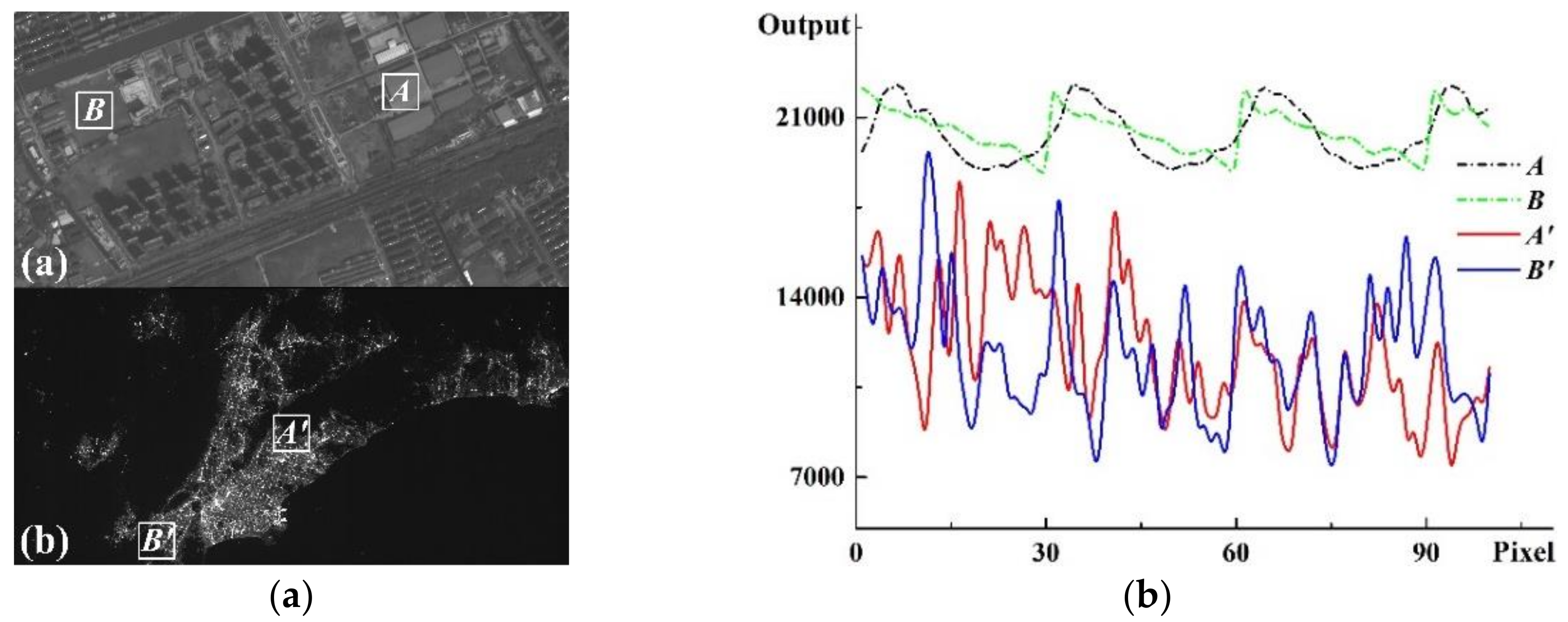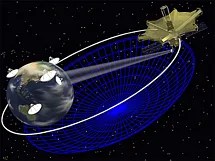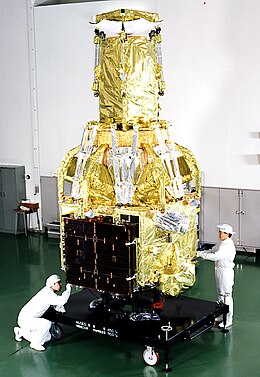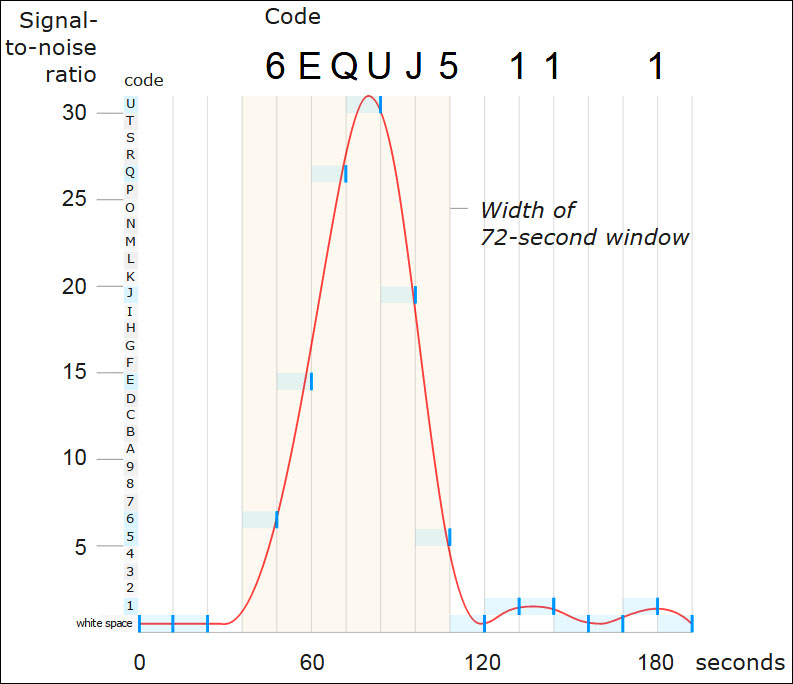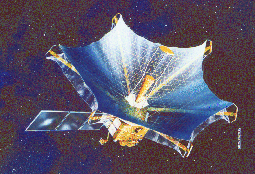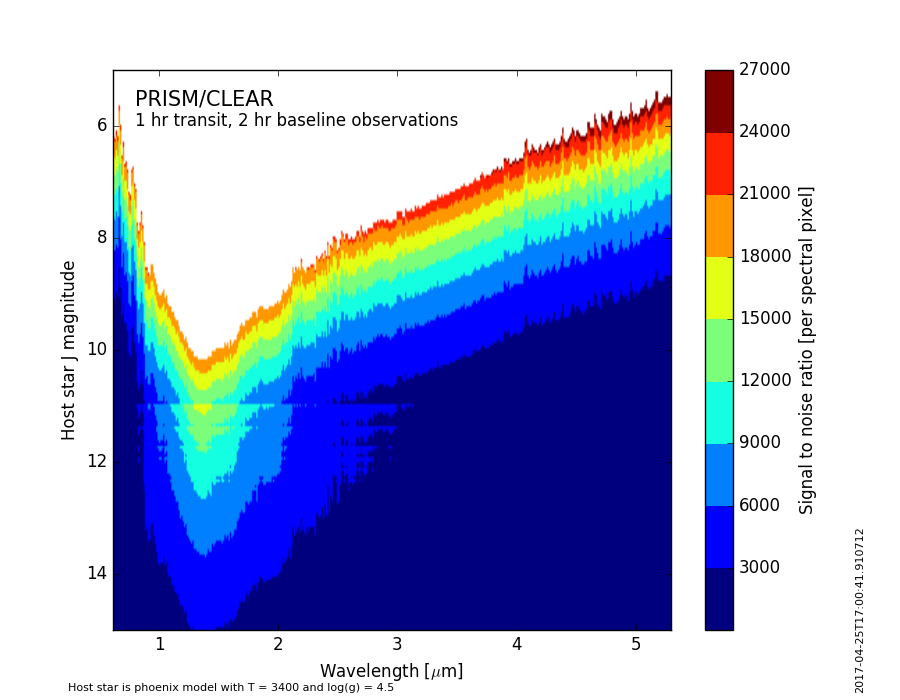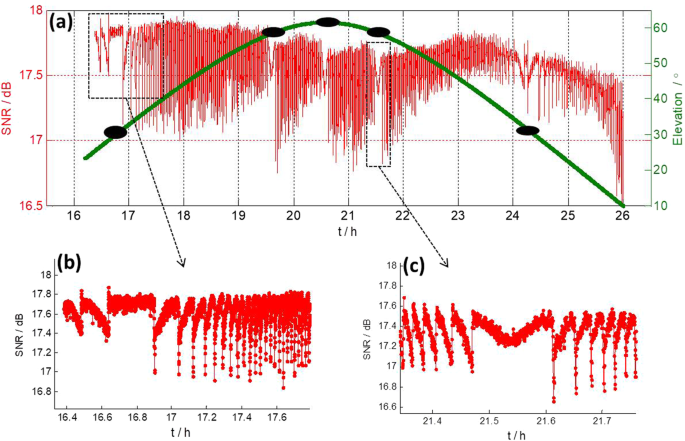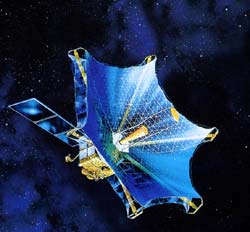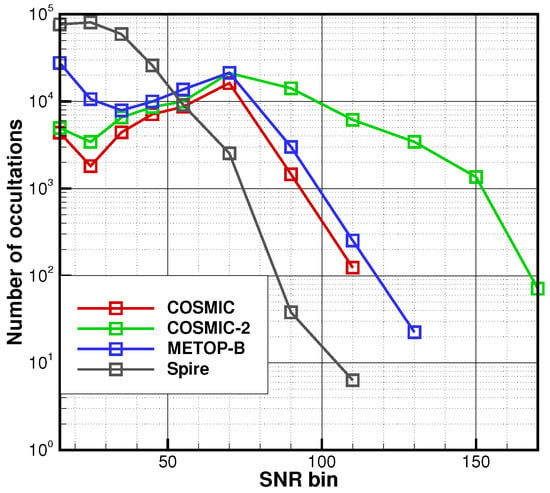
Remote Sensing | Free Full-Text | The Influence of the Signal-to-Noise Ratio upon Radio Occultation Retrievals
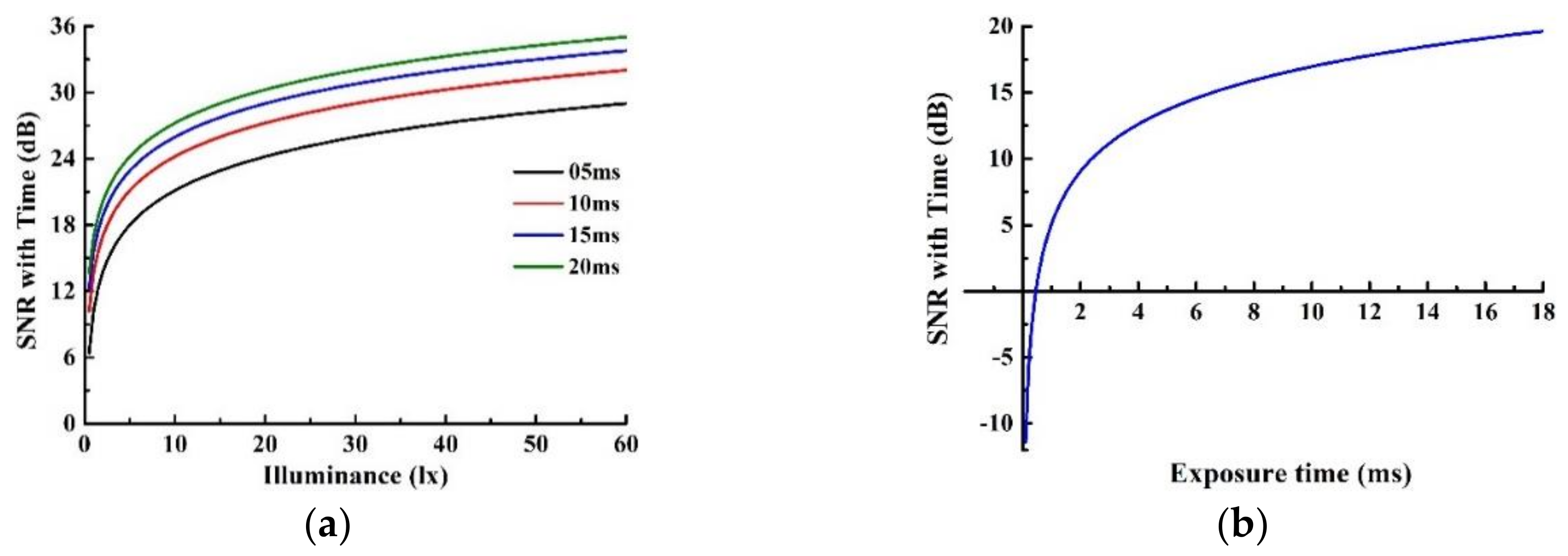
Sensors | Free Full-Text | On-Orbit Signal-to-Noise Ratio Test Method for Night-Light Camera in Luojia 1-01 Satellite Based on Time-Sequence Imagery
What is the point in building radio telescopes larger than ever before if the background noise level increases with size? Wouldn't the signal to noise ratio therefore always be the same, regardless? -

Sensors | Free Full-Text | On-Orbit Signal-to-Noise Ratio Test Method for Night-Light Camera in Luojia 1-01 Satellite Based on Time-Sequence Imagery

A 1.6-GHz image of the quasar 1548056 made from an observation with... | Download Scientific Diagram
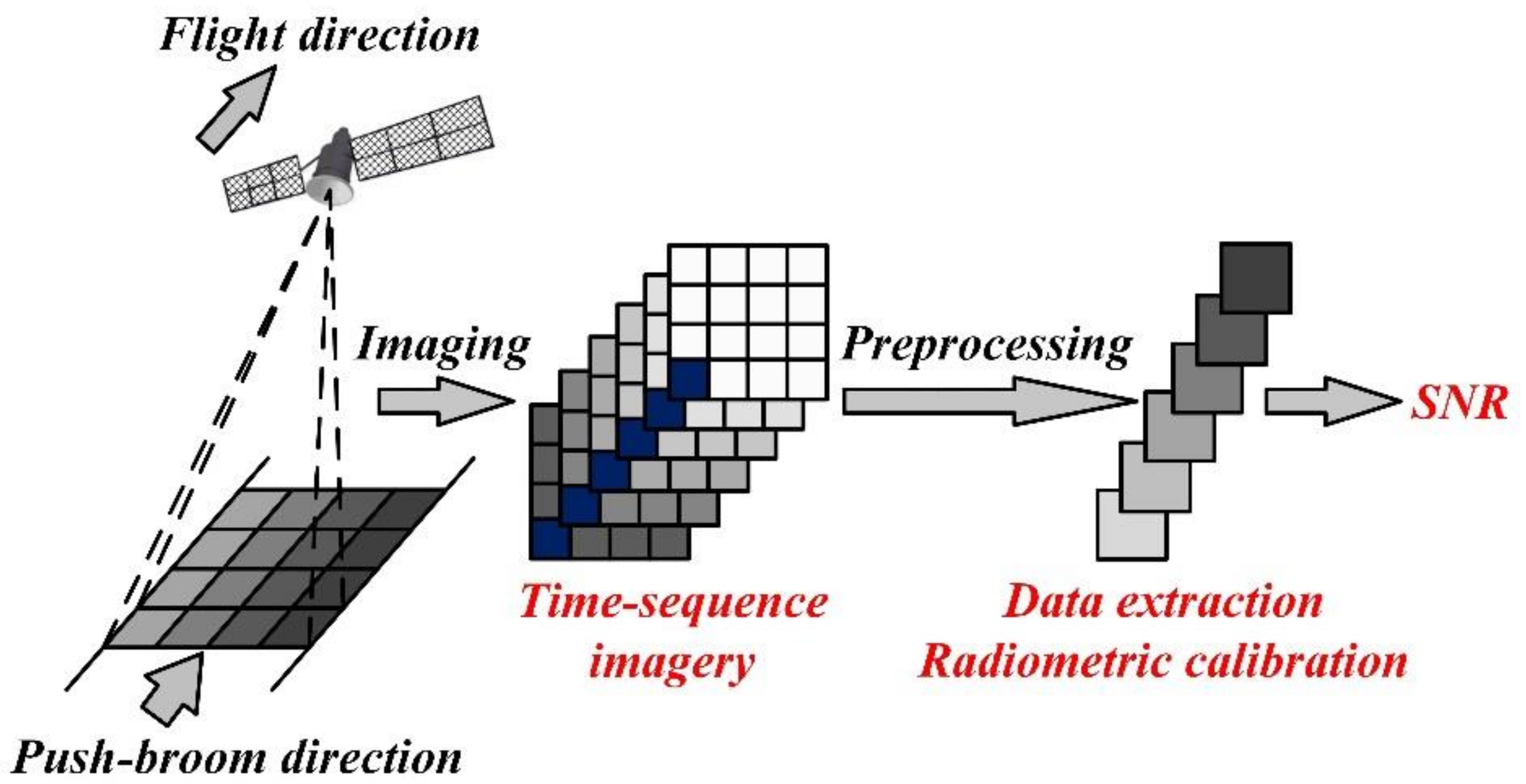
Sensors | Free Full-Text | On-Orbit Signal-to-Noise Ratio Test Method for Night-Light Camera in Luojia 1-01 Satellite Based on Time-Sequence Imagery

High resolution and high signal-to-noise ratio imaging with near-field high-order optical signals | Nano Research
